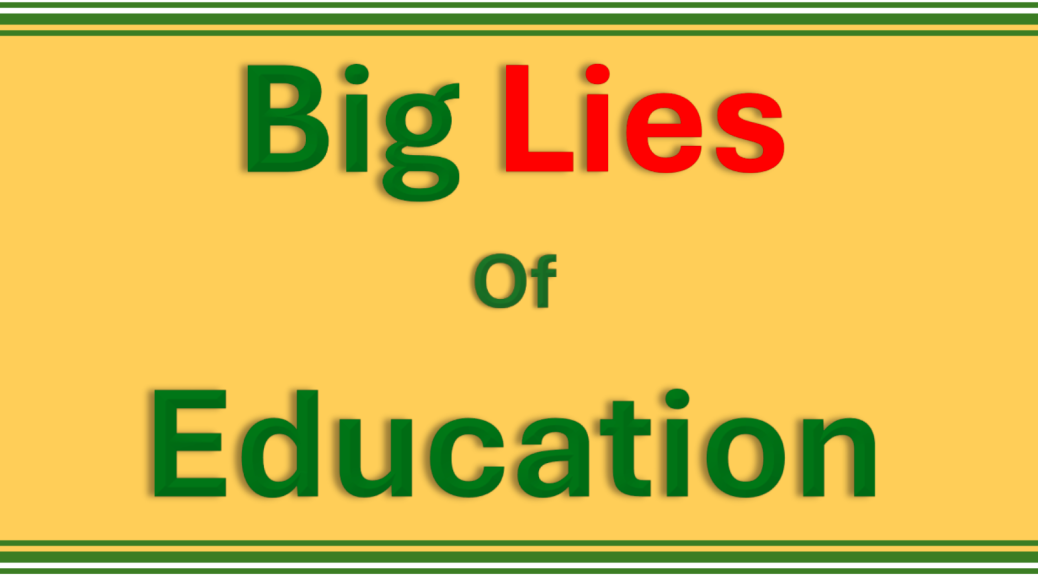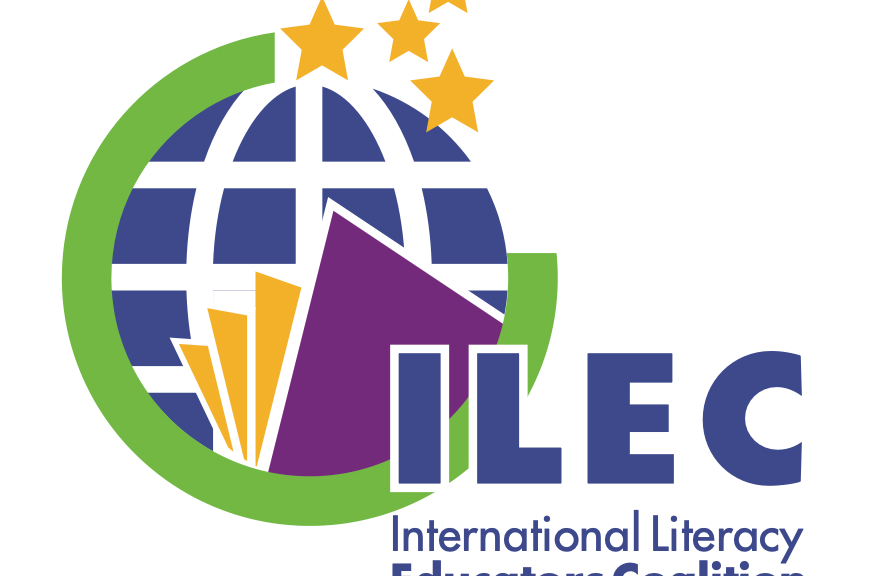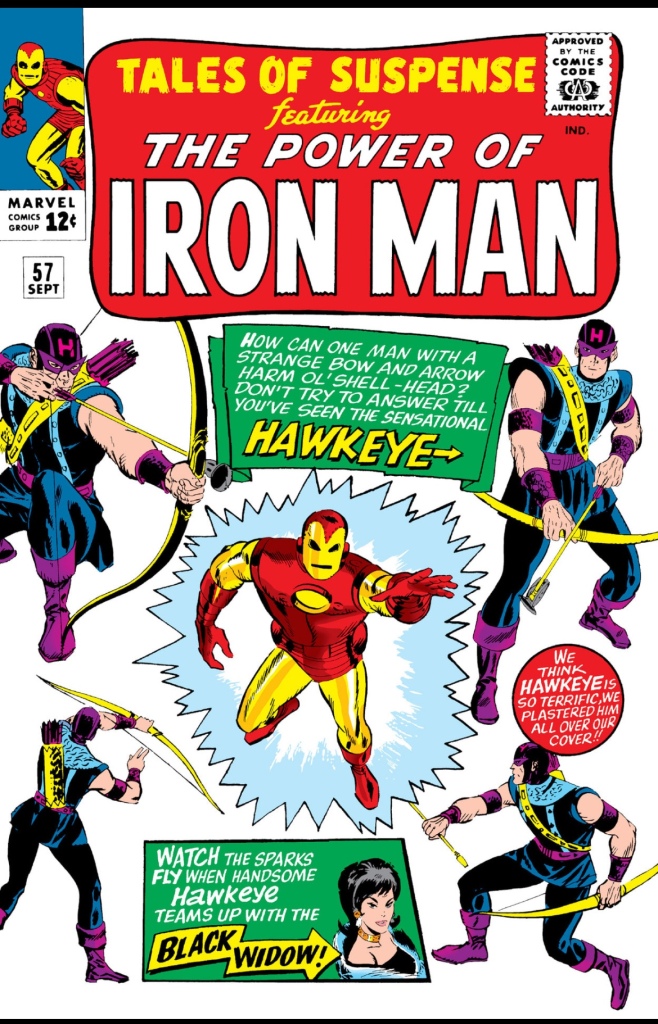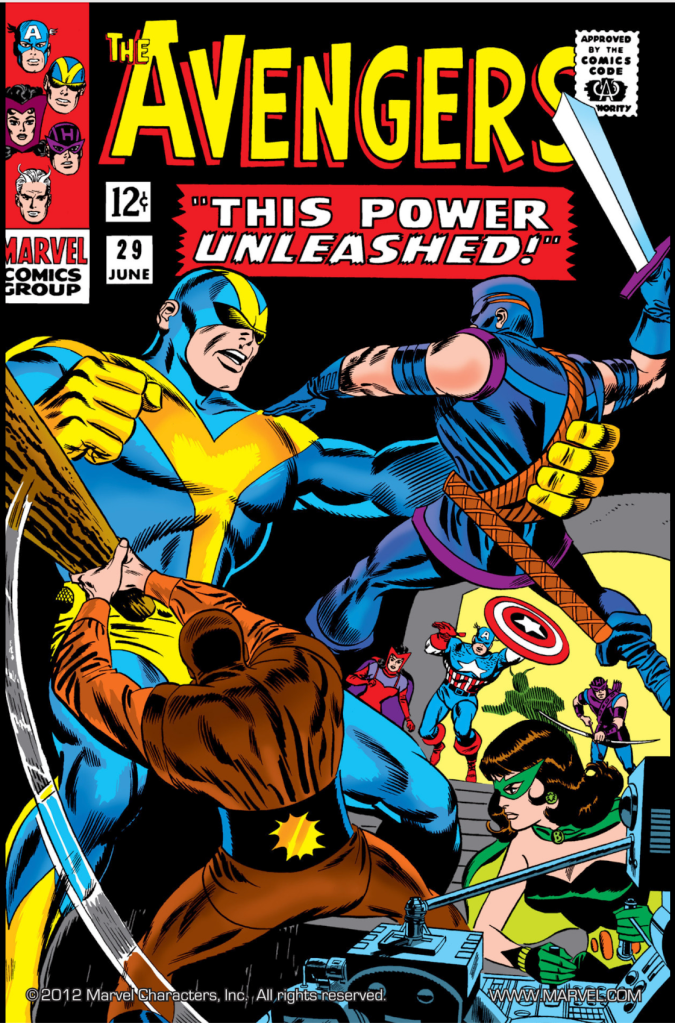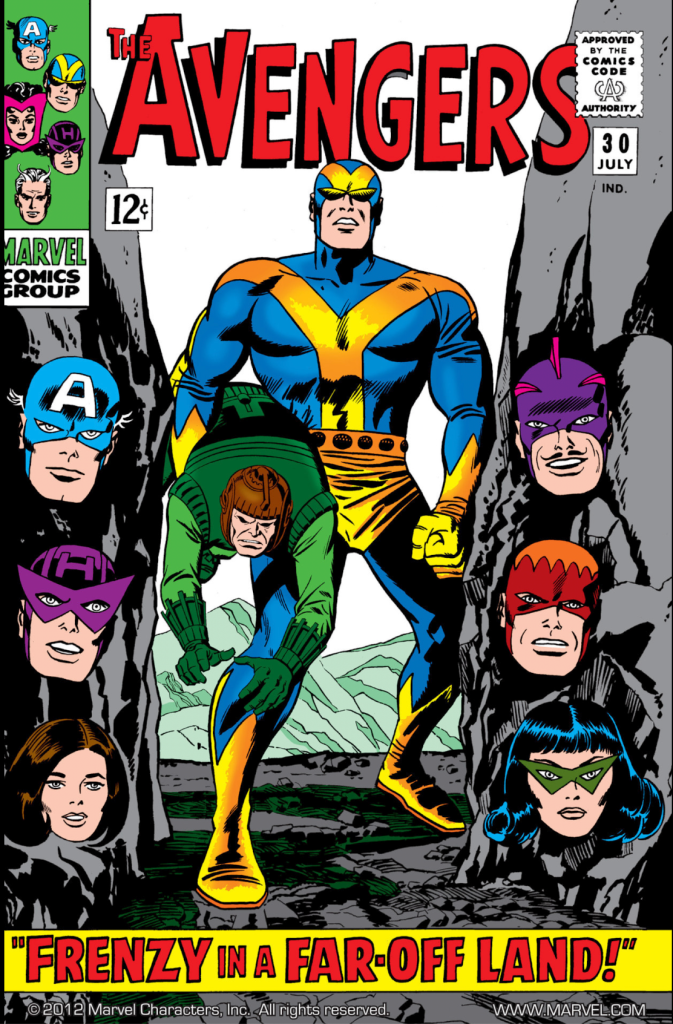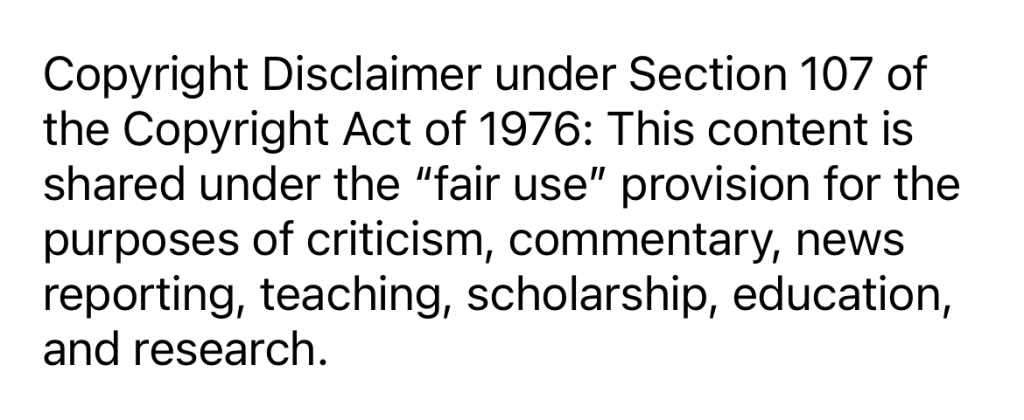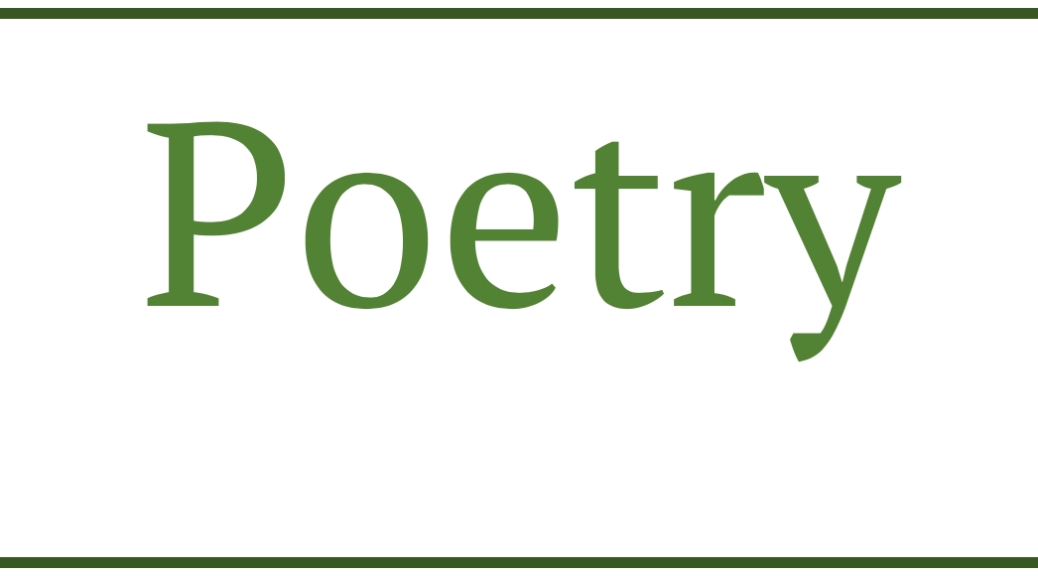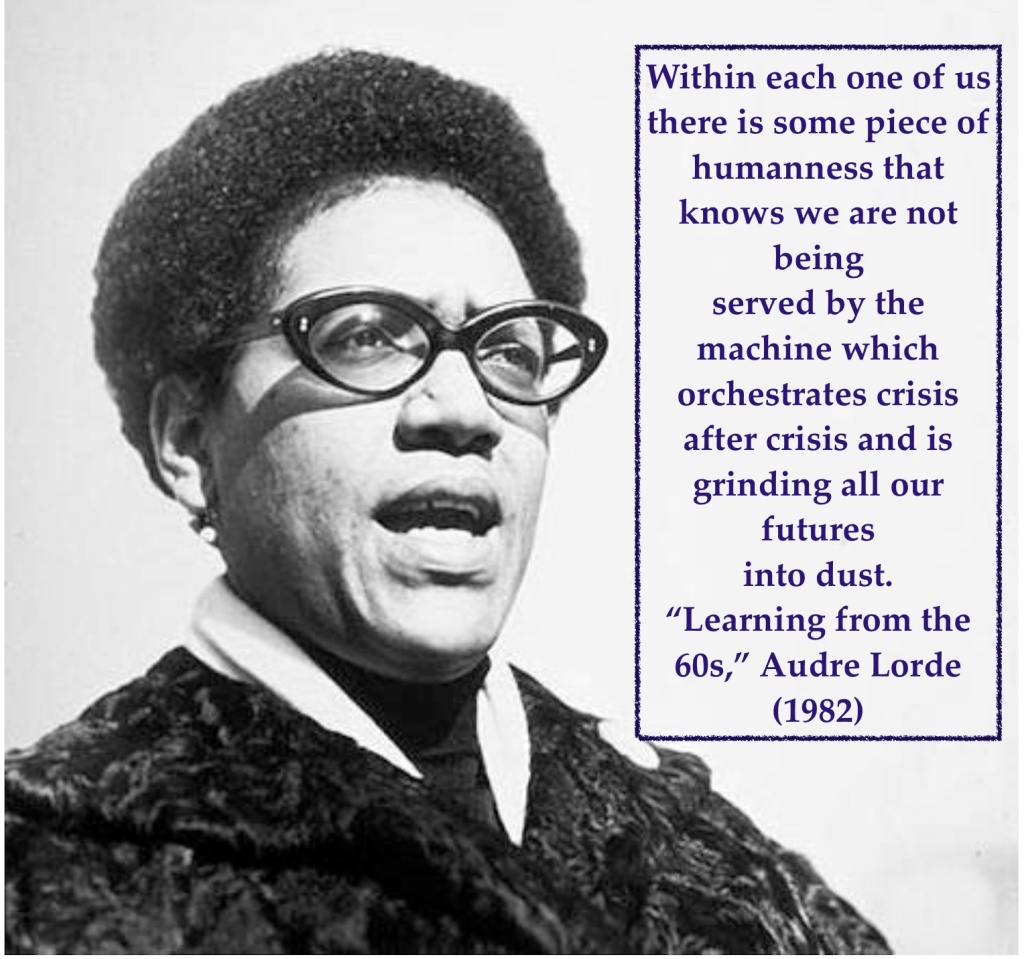[Header Photo by Nick Fewings on Unsplash]
Since the early 1980s, the US has been in a constant cycle of accountability-based reform in education. By 2001 and the implementation of No Child Left Behind (NCLB) and the central role of the National Reading Panel (NRP), that education reform cycle intensified by adding a much more robust federal accountability, but as well, the focus on reading was magnified (although education reform and testing have over the past 80 or so years primarily targeted reading and math).
I recently posted that the “science of reading” (SOR) era of reading/education reform is rearranging the chairs on the deck of the Titanic. In that analogy, the Titanic is the current reform paradigm, and with reading reform, one example of rearranging the chairs is the move by states to ban some reading programs and then mandate other (or different) reading programs.
Having engaged now for about six years in the public debates about reading, reading reform, and the SOR movement (the media story and the legislation that has resulted from that), I recognize that resisting SOR and SOR-based reform is mostly pointless since virtually every state has implemented some aspect of SOR, and despite the SOR story being misinformation, the vast majority of media, the public, and political leaders uncritically buy what is being sold.
Briefly here, I want to offer a series of evidence-based conditions that form the basis of the reading reform I think the US has refused to choose (primarily for ideological reasons grounded in rugged individualism and bootstrapping mythology).
First, consider these evidence-based conditions:
- Since the 1940s, the public and political beliefs about student reading proficiency have been primarily described as a reading “crisis.” Despite an enormous amount of variety across the US for 80-plus years, at no point has anyone declared reading proficiency or student reading as a success or even adequate.
- Over the past 40-plus years of accountability-based education reform, not a single set of reforms has been declared successful, and the entire public education system in the US has, like reading, been perpetually characterized as being in “crisis” (spurred by A Nation at Risk report from the early 1980s).
- The national focus on public education in crisis has been NAEP testing, which has (for reading specifically) basically flat for thirty years, and the public and political discourse about student achievement has been significantly distorted by misunderstanding and misrepresentations about what NAEP achievement levels and data mean:
- Research continues to confirm that high-stakes standardized testing is causally driven by out-of-school (OOS) factors at a rate of at least 60%, and teaching impact on those test scores are as small as 1-14%.
- The current SOR movement has grounded claims in the use of the term “science” but depended primarily on anecdotes and citations that are not in fact scientific, such as the 90-95% rule that suggests student reading proficiency should be at 90-95% as opposed to the NAEP pattern of about 60+% (NAEP “basic” and above; see chart above).
- Media and political claims of education and reading “miracles” are not grounded in credibly evidence, but do distract from evidence of exceptional student achievement (again, notably in reading on NAEP)—the Department of Defense schools:
These related series of evidence inform the following conclusions for me:
- US public education and student reading are not in crisis, but are trapped in decades of being incredibly inequitable (marginalized and minoritized students are disproportionately under-served or mis-served).
- Decades of intense education reform have not improved that inequitable status quo, but education and reading do, in fact, need to be reformed.
- A new reform paradigm for education and reading must include both a new set of social reforms as well as a different approach to in-school reform, both of which must be equity and not accountability based.
What does that last point look like, focusing on reading?
I want to address OOS reform first—not as an argument that we do nothing in terms of in-school reform (which I detail next) but because until we address OOS reform, in-school reform will continue to appear to fail.
For most people in the US, this is counter-intuitive, but the following social contexts must be reformed because social policy is education policy:
- Universal healthcare, food and home security, and stable work for parents are all essential reforms that would impact reading proficiency measurements in the US.
- Student access to books/texts in their homes and their communities (public libraries) is an evidence-based and highly correlated mechanism for increasing student reading proficiency.
Let me emphasize here that the US has committed directly and directly to a “no excuses” ideology that demands students and teachers set aside the impact of OOS factors and simply do the work of learning and teaching. This is not only a self-defeating ideology but also a dehumanizing ideology.
The people who are most likely to advocate “no excuses” for other people do not live by that dictum themselves.
Acknowledging poverty and inequity is not using that as an excuse to do nothing but a call to address the lives of students and teachers so that learning and teaching can be reformed in robust and important ways.
Now, the sort of reading reform we refuse to choose must include the following:
- Stop the reading program merry-go-round. Reading programs have not failed and reading programs will not save reading proficiency. We must shift from demanding that teachers implement reading programs with fidelity and toward making it possible for teachers to teach students to read with fidelity to every students’ strengths and needs.
- Set aside the trivial debates over reading ideologies and instructional practices. Similar to the bullet above, there is no evidence that any ideology or practice is singularly or pervasively failing students or would better serve students. This aspect of reading reform has always been about the adults and not the students.
- Focus on learning and teaching conditions in terms of equity. What would better insure teachers the conditions necessary to serve individual student needs? Access to courses, teacher assignments, class sizes/student-teacher ratios—these are learning and teaching conditions that are currently inequitable and must be reformed. (Again, learning and teaching conditions are indirectly improved by addressing OOS factors.)
- Reform standardized testing of reading at the national and state levels. NAEP needs to be reformed to address misleading achievement levels, and the nation needs a uniform set of standards for age-level reading proficiency. Shifting from grade-level to age-level removes the incentive for harmful practices such as grade retention, and a standard age-level proficiency allows for more accurate assessments of success or weaknesses across the US. State-level reading assessment must use those uniform achievement levels and should be reformed to provide instructional support for teachers and not simply label and sort students.
- Address student access to books/texts in their classrooms and libraries.
I have been advocating for this different approach for many years and remain skeptical that the US will make this shift.
My experience is that many people force my work into the paradigm I am rejecting (I don’t endorse or promote reading programs, reading ideology, or instructional practices) because there is a powerful ideological reason we have remained mired in the same reform cycle for decades.
Education/reading reform as industry is American as apple pie.
We seem fatally addicted to “crisis” and “miracle” rhetoric as well as making claims about education and reading that are grounded in beliefs, not evidence (see my opening evidence-based conditions).
As a consequence, the media and political leaders perpetuate a false story about the Mississippi “miracle” while almost entirely ignoring the valid success of DoDEA schools—the former appears to prove the bootstrapping myth, the latter concedes the power of systemic forces on individual behavior. And ironically, the empirical evidence only supports the latter.
The sort of reform I am advocating isn’t appealing to the market or political power structures; the sort of reform I am advocating isn’t very sexy; the sort of reform I am advocating resists American mythology.
Regretfully, the issue is not whether or not we make sincere efforts to reform reading in the US. The issue is that we are reforming with ideological blinders on, adults rearranging chairs on the deck of the Titanic to prove they are right and students be damned.



